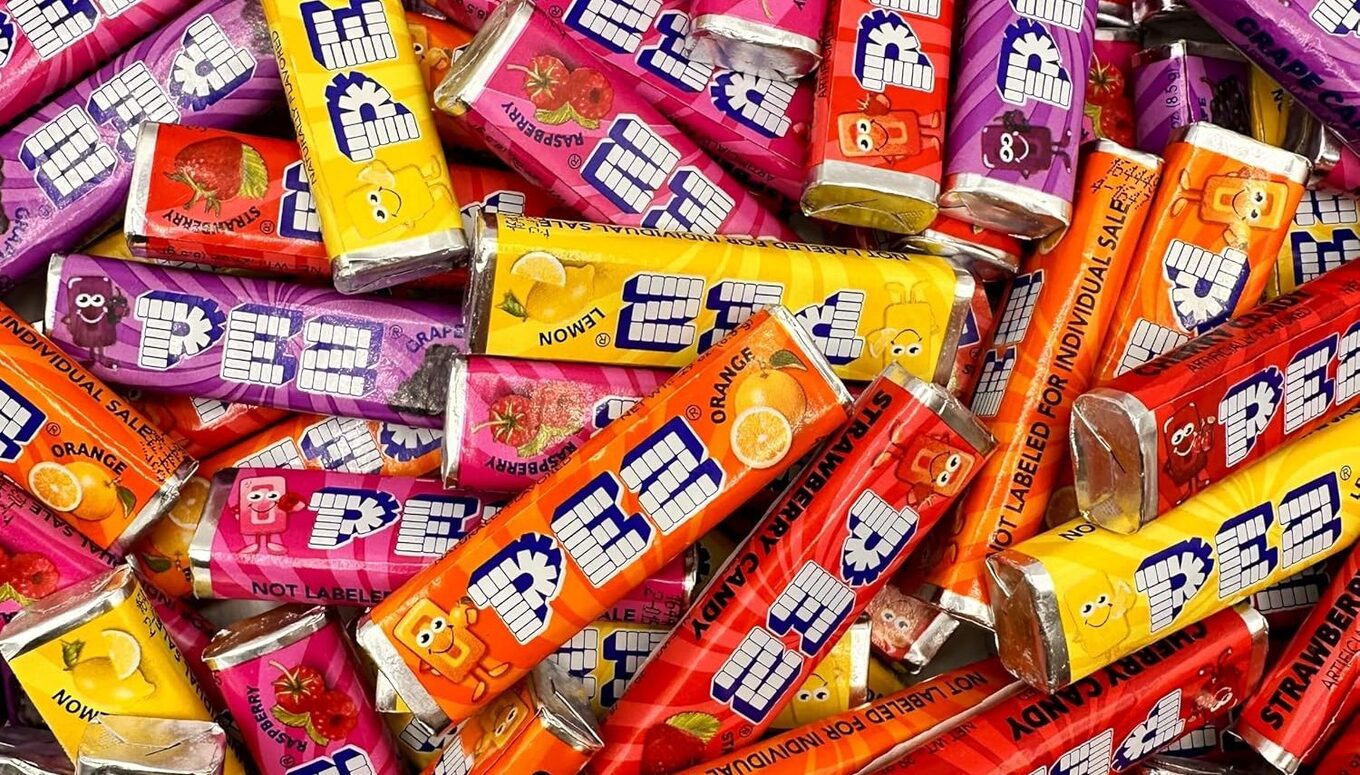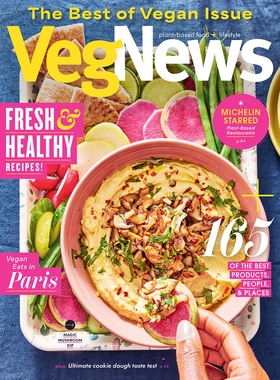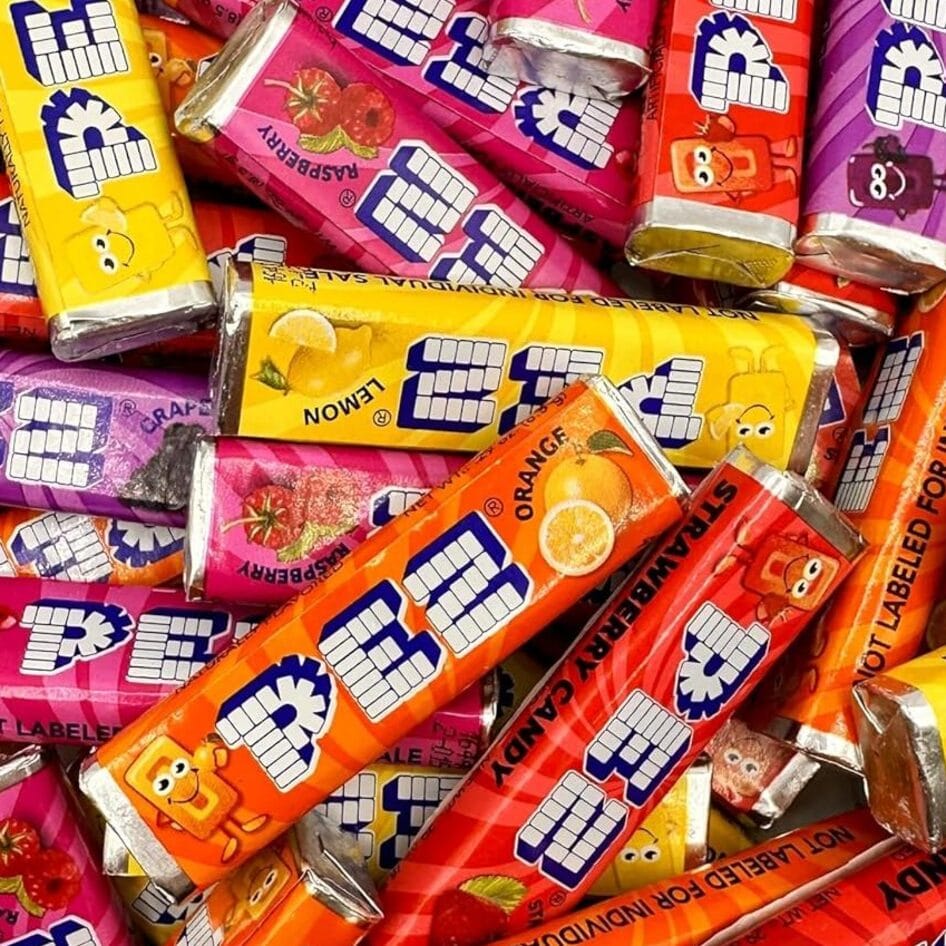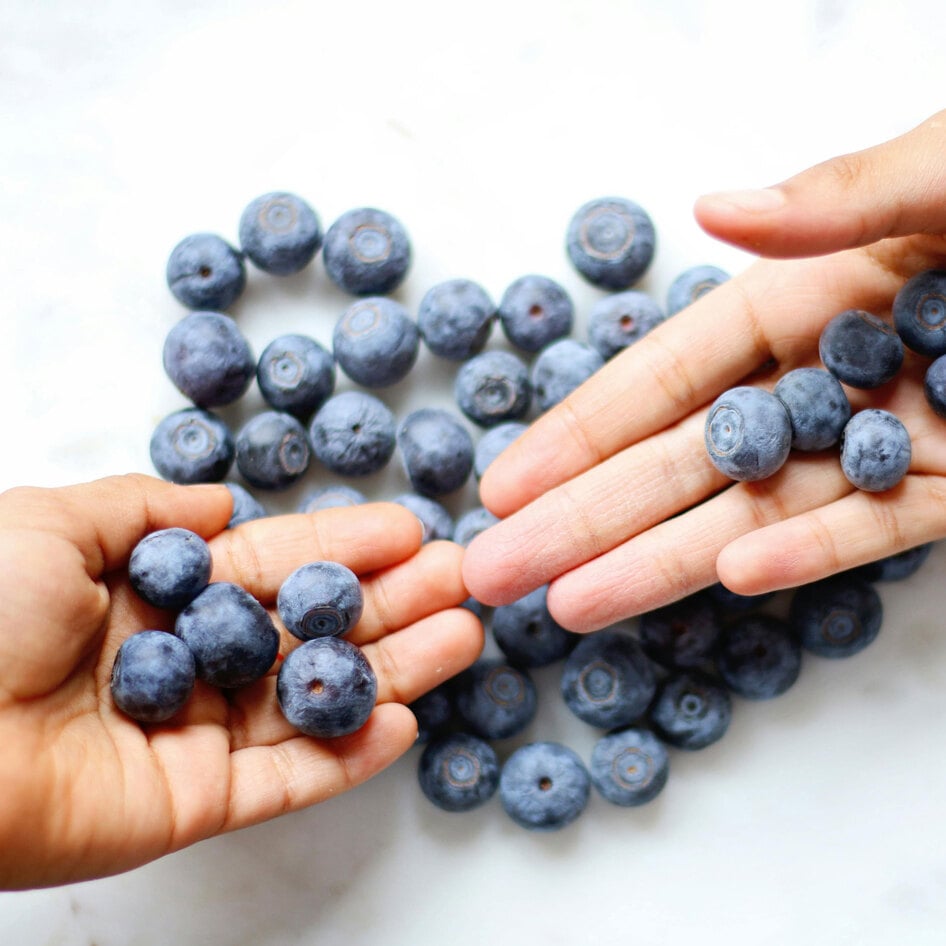Earlier this year, the US Food and Drug Administration (FDA) announced it was banning Red Dye No. 3, a bright, cherry-red dye used in everything from bubble gum to ice pops to fruity cocktails. The reason? Some experts believe the vivid food dye actually has a very dark side.
In fact, some are concerned it might increase the risk of cancer. But the evidence on the link between Red Dye No. 3 and cancer isn’t actually clearcut. In the 1990s, one study on rats suggested there might be a link. But people are not rats, and there haven’t been any human-centered studies since.
 Fusion Sweets and Snacks Store
Fusion Sweets and Snacks Store
Red Dye No. 3 isn’t the only controversial food dye. Across the US, there’s growing resistance to artificial colorings, with Robert F. Kennedy Jr. leading the charge. The Health and Human Services Secretary has expressed a strong desire to ban food dyes altogether. Recently, 20 states have introduced bills aimed at regulating them.
However, the science behind the anti-food dye movement isn’t as straightforward as it may seem. According to the FDA, “color additives are safe when used according to FDA regulations.” So, how worried should we really be about artificial colors in our food? We spoke with Jennifer Scherer, BS, ACE-CPT, MES, RDN to get expert insight.
Are food dyes safe?
As mentioned above, there is some research to suggest that artificial food dyes could harm our health. As well as the rat study with Red Dye No. 3, which suggests a potential link with cancer, some studies suggest there might be a link between food dyes and hyperactivity in children.
In 1994, for example, one small study on 26 children found that Attention Deficit Hyperactivity Disorder (ADHD) symptoms reduced in nearly 75 percent of children when they stopped consuming foods with artificial dyes and preservatives. Another study published in the same year, this time with participation from 800 children, found that Yellow 5 (which is used in sodas and candies) might increase symptoms like irritability and restlessness. But it’s important to note that, in general, studies are small and results are mixed when it comes to the link between dyes and hyperactivity.
 Pexels
Pexels
Studies have also investigated whether Yellow 5 is carcinogenic, but so far, research has not discovered a link. This is the same for other food dyes, like Blue 1, Red 40, and Yellow 6. There is a small amount of evidence to suggest that Blue 2 could be linked to brain tumors, but it is not enough to be definitive. Caramel coloring may also be a concern, but this is because of potential contamination with carcinogenic chemicals, not because of the food dye itself.
There is also some research to suggest that some food dyes could trigger allergy symptoms in some individuals.
“The evidence is not definitive, and many studies have failed to establish a clear causal relationship,” says Scherer. “The FDA has stated that there is no conclusive evidence linking food dyes to harmful health effects, though they do monitor ongoing research. The European Food Safety Authority (EFSA) has similar findings but has called for further investigation into long-term effects.”
Becky Hall, MS, RD, a dietician for Healthline, agrees. She writes: “There is currently no convincing evidence that artificial food dyes cause cancer.” However, she adds: “If your child has hyperactive or aggressive behavior, it may be beneficial to remove artificial food dyes from their diet.”
It’s also important to note that the types of foods with artificial flavors tend to fall into the unhealthy category. They are often ultra-processed foods like potato chips, candy, pastries, and so on. These foods are usually fine in moderation, but if consumed in excessive amounts, they may increase the risk of chronic diseases like heart disease and diabetes. Research suggests that plant-based whole foods, on the other hand, may reduce the risk of these diseases.
Again, research does not show that this is because of food dyes specifically, but likely due to high amounts of salt, saturated fat, and sugar in ultra-processed foods, and the high amount of vitamins, minerals, fiber, and antioxidants in plant-based whole foods.
 Pexels
Pexels
Fear mongering around food
We live in a time when a lot of the conversation around health and food plays out on social media. While there are many medical and nutrition experts on apps like TikTok and Instagram, there are also plenty of unqualified influencers handing out advice about what people should or should not eat. In many cases, this can be unhelpful.
“Influencers and wellness brands can play a significant role in both spreading awareness and fueling unnecessary panic about food-related issues, including food dyes,” says Scherer. “On one hand, they help highlight potential concerns and promote healthier eating habits, but on the other hand, they often oversimplify or exaggerate the risks involved, creating fear where there may not be any substantial cause for alarm.”
This doesn’t just happen with food dyes but many different food items, including seed oils.
“These influencers sometimes use biased research selection, make sweeping claims, or use alarming language to generate attention and attract followers. This type of fear mongering can create confusion and anxiety around foods that may be entirely safe for the majority of people.”
Wellness and nutrition misinformation is already rife on social media, and it’s a growing problem. In fact, in 2024, a report from Tebra found that 45 percent of medical advice on TikTok is either false or misleading.
So, should we eat food dye?
Like Hall, Scherer believes that cutting back on foods with food dyes could benefit some individuals, particularly if they seem to be making symptoms of ADHD worse, for example, or if you are concerned about an allergy. However, she adds that, for most people, current research suggests that the health risk from consuming food dyes is low. Ultimately, moderation is key—occasional consumption of foods made with dyes is unlikely to pose major risks for most people.
BECOME A VEGNEWS VIP: Get exclusive product deals, freebies, and perks galore!
“The public concern around food dyes is somewhat justified, especially in light of concerns about children’s health and behavioral issues,” she explains. “However, it is often overblown in the sense that the actual risks, particularly for the general population, are minimal when dyes are consumed in moderation. Many health experts agree that while it’s important to be cautious about food additives, the levels of food dyes allowed in food are generally considered safe for most people.”
If you are concerned about food dyes, she recommends seeking advice and information from “reputable, science-based organizations like the FDA, CDC, or peer-reviewed scientific journals.” These sources are balanced and reliable. Scherer also advises staying away from any extreme claims on social media, especially if it is presented without evidence. “Scientific conclusions typically come from rigorous studies,” she says. “Not from anecdotes or sensational headlines.”
For more plant-based stories like this, read:
JUMP TO ... Latest News | Recipes | Guides | Health | Subscribe









